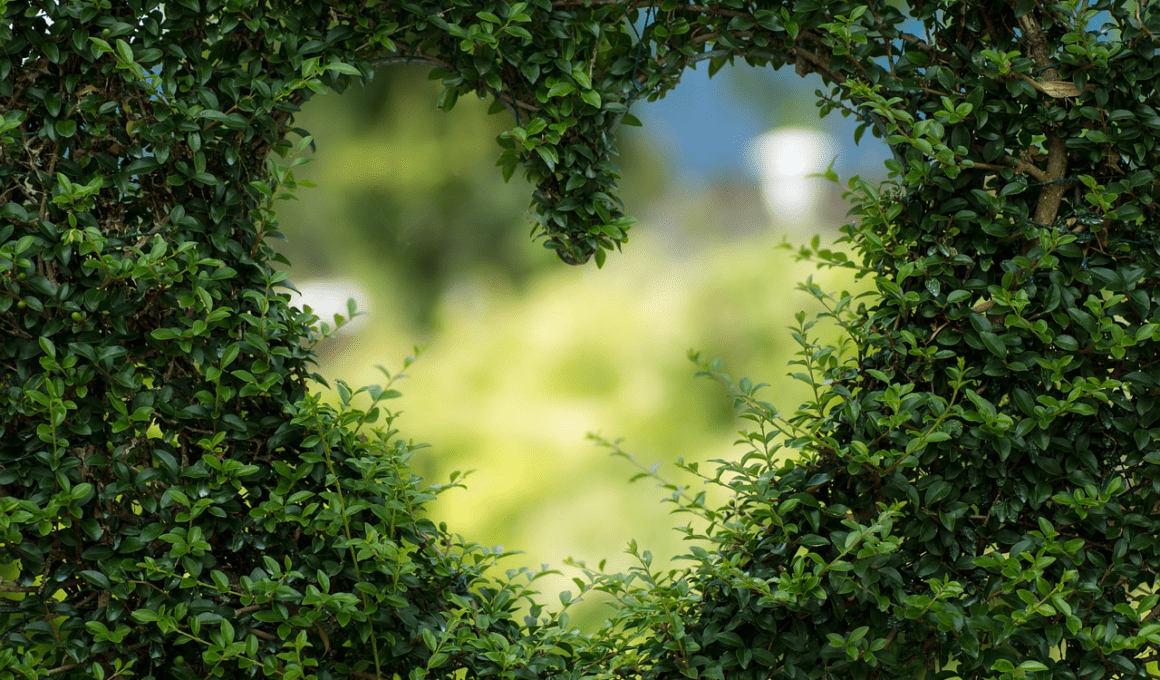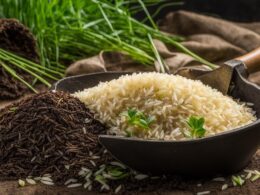Looking to enhance the appearance of your outdoor space without breaking the bank? Moving bushes may just be the solution you need. Not only is it a cost-effective option, but it can also increase your home’s curb appeal.
By moving a bush, you not only save money but also help the environment. It’s a win-win situation! Late fall or early spring is the best time to move a bush, and you’ll need supplies such as a garden hose, shovel, hand pruners, old sheet or burlap, and garden soil.
With these tools and our tips and guidelines, you can make sure your bush thrives in its new location. So, let’s get started and transform your outdoor space!
Quick Takeaways
- Transplanting bushes can save money and benefit the environment.
- Late fall or early spring are the best times to move a bush, considering new location’s growing conditions, soil quality, and timeline.
- Supplies needed for transplanting include a garden hose, shovel, hand pruners, old sheet or burlap, and garden soil.
- Following all steps is crucial to avoid damaging the bush and causing it to die.
Benefits of Transplanting
You can save money and help the environment by transplanting bushes, which we discussed in the previous section. But before you start digging up your bushes, there are a few things you need to consider.
First, you need to choose the right bush to transplant. Not all bushes are suitable for transplanting, so do your research and look for ones that can withstand the process.
Second, you need to prepare the soil in the new location. Make sure the soil quality, growing conditions, and timeline are suitable for the bush you want to transplant. Late fall or early spring are the best seasons to move a bush. You also need to dig a hole that is twice as wide as the root ball and deep enough to accommodate the bush.
By taking these steps to prepare the soil, you can ensure that your transplanted bush will thrive in its new location.
How Can Using a Bow Rake Help in Moving Bushes in the Landscape?
When it comes to mastering your lawn with a bow rake, this versatile tool can greatly assist in moving bushes within your landscape. By using a bow rake, you can easily loosen and level the soil around the bushes, making it simpler to uproot and relocate them. Its sturdy metal tines provide excellent grip, reducing strain on your back and making the entire process more efficient.
Considerations for Transplanting
When considering transplanting a bush, it is important to take into account the growing conditions, soil quality, and timing for the new location. The best seasons to move a bush are usually late fall or early spring, when the plant is dormant or just beginning to grow. This gives the bush time to establish itself in its new location before the heat of summer or the cold of winter sets in.
Additionally, it is important to consider the soil quality of the new location. A bush that is used to well-draining soil may not do well in a location with heavy clay soil. Before transplanting, make sure to amend the soil with compost or other organic matter to promote healthy root growth. Finally, pay attention to the watering schedule for the new location. The amount and frequency of watering may need to be adjusted to fit the new environment. By taking these factors into consideration, you can increase the chances of a successful transplant and ensure the health of your bush.
| Factor | Consideration | |||
|---|---|---|---|---|
| Best Seasons | Late fall or early spring | |||
| Soil Quality | Amend with compost or organic matter | |||
| Watering Schedule | Adjust to fit new environment | Sun Exposure | Choose a location with appropriate light levels |
Steps for Transplanting
To successfully transplant a bush, start by finding and preparing the new location. Make sure the new location has the ideal growing conditions for the bush, such as the right soil quality and adequate sunlight.
Once you’ve found the perfect spot, water the bush thoroughly to help it prepare for the move. After watering, prune and tie up the bush to make it easier to handle. Remember to avoid pruning more than one-third of the bush’s size and to remove any deadwood.
Score the ground around the perimeter of the bush before pruning and dig a shallow trench around the bush before digging downward and toward the center of the bush.
Soil preparation is essential for the success of transplanting. Ensure that the new location’s soil is prepared by adding garden soil to fill gaps and pack dirt down firmly. Spray down foliage and give soil a good soak once the bush is set, and keep the fabric around the root ball moist if the bush cannot be buried right away.
Water the bush deeply every few days after transplanting and fertilize if necessary. Keep the bush shaded during mid-day if it was moved from a shady spot to full sun. Taper off watering schedule to once a week once the plant is established.
Follow these pruning techniques and soil preparation guidelines to avoid damaging the bush and causing it to die.
Frequently Asked Questions
Can all types of bushes be successfully transplanted?
Yes, not all bushes can be transplanted successfully. Transplanting techniques and bush care tips can increase your chances of success. Consider factors like soil quality, growing conditions, and timing before attempting to move a bush.
How long should a bush be watered deeply after being transplanted?
To ensure your transplanted bush thrives, water deeply every few days for the first few weeks. Proper soil preparation before transplanting can also help. Follow these steps for success.
Should fertilizer be added before or after transplanting a bush?
To increase transplant success rates, wait to add fertilizer until after transplanting a bush. Adding it before can burn the roots. Keep it simple and safe for your plants.
How long should a bush be shaded after being moved from a shady spot to full sun?
When moving a bush from a shady to sunny spot, balance its needs with watering frequency and sun exposure. Keep it shaded during mid-day, taper off watering, and monitor signs of stress.
What should be done if a large mass of roots cannot be avoided when digging up a bush?
If a large mass of roots cannot be avoided when moving a bush, use root pruning and soil preparation techniques to minimize damage. Trim any damaged roots and amend the soil to promote healthy regrowth.









